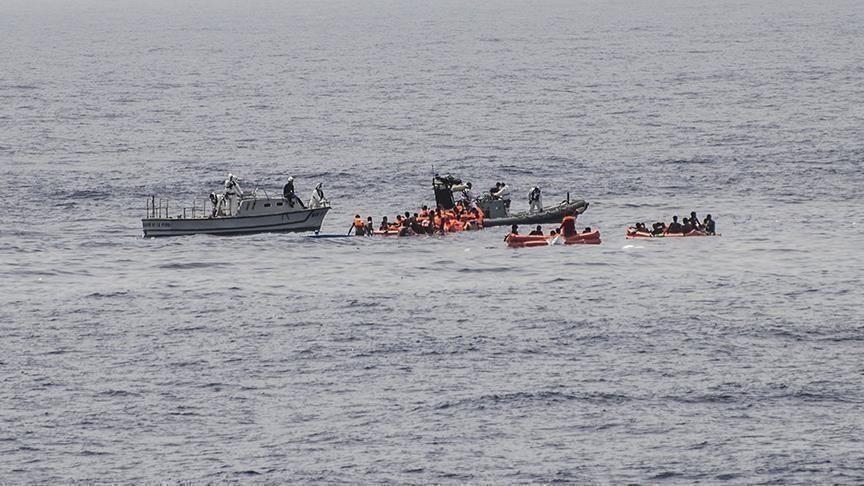European Union Intensifies Deterrence Efforts with New
Migration Pact
After nine years of development, the European Union (EU)
Parliament has greenlit an asylum and migration pact originally sparked by the
refugee influx during Syria's civil war in 2015. Criticized for human rights
violations and exacerbating migrant peril, the EU's migration strategies have
primarily leaned on deterrence tactics, a stance that has led to increased fatalities
along migrant routes.
Expected to gain full approval by April's end and slated for
enforcement in 2026, the pact mandates EU member states to either accept
migrants from peripheral nations or allocate additional funds to the bloc.
Compulsory for all 27 EU countries, the pact aims to expedite asylum procedures
and the repatriation of illegal migrants. It proposes capping asylum processing
time at 12 weeks and enforcing a stringent pre-entry screening within seven
days.
However, critics view the pact as an amplification of the
EU's unsuccessful deterrence policies. Despite significant financial
investments, these strategies have fallen short of their intended objective of
reducing migration flows.
In essence, the newly approved pact underscores the EU's
commitment to fortifying its borders and streamlining its asylum processes.
Yet, lingering doubts persist regarding its efficacy, with concerns raised over
its potential to perpetuate existing challenges rather than providing viable
solutions to the complex issue of migration management.









